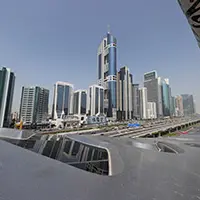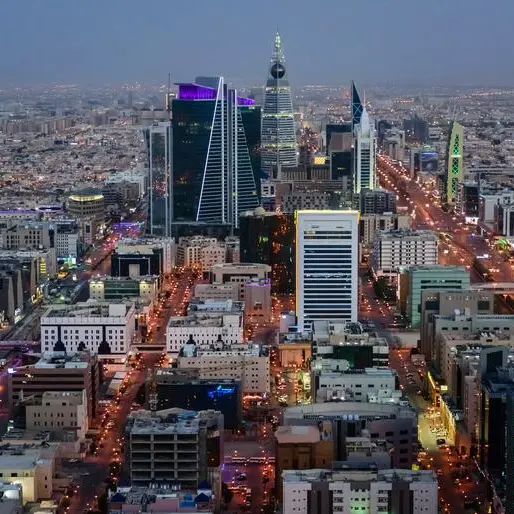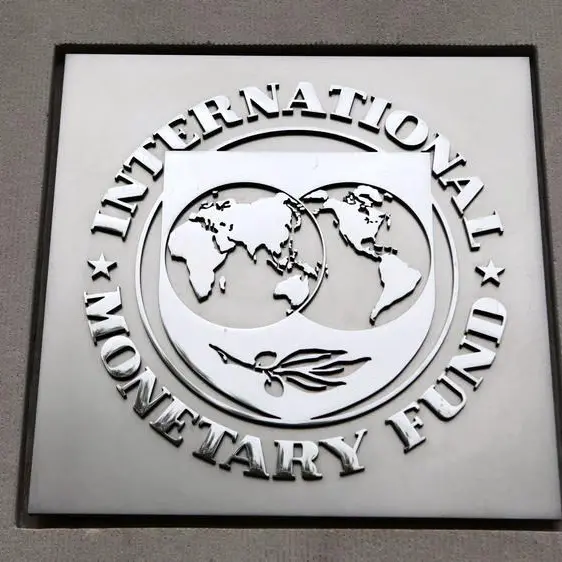PHOTO
The Middle East and North Africa region has long thwarted efforts to predict its future. However, while there will always be unpredictable events, identifying the trends and other factors most likely to shape the region’s outlook is a helpful place to start.
There are multiple regional analyses and foresight projects from think tanks, educational institutions and other experts, including the EU Institute for Security Studies, the Middle East Scholar Barometer, and the Middle East Institute. Drawing on these and other studies, there are several factors that many experts believe will be key in shaping the MENA region over the next five to 10 years.
Global factors will affect the region; in turn, MENA will have an impact on the world. One major shift with global consequences is the rise of regional powers with the resources to pursue their own interests and exert influence abroad. Regional powers will increasingly shape the region’s future and how it interacts with global actors. The regional countries will have to manage changes in America’s role, along with China’s growing power.
Climate change is another trend with global and regional effects. MENA will experience some of the most severe consequences of climate change. The region’s resilience will depend on how successfully its governments improve infrastructure, pursue sustainable development and implement adaptation strategies over the next decade.
At the same time, as a major source of hydrocarbons, the region contributes to climate change and must be part of global efforts to reduce carbon dioxide emissions. There is significant potential for the region to become a leader in renewable energy and in technologies to limit emissions, but governments need to increase investments in these areas.
The pandemic will have long-term impacts on global business, economics and health, and these will affect MENA. The pandemic accelerated or shifted global developments in business, economics and technology that will have consequences in the region, including advances and changes in artificial intelligence, supply chains, travel and more. These global shifts will create opportunities and risks for governments and businesses. In particular, developing high-quality, accessible digital infrastructure is key to ensuring the region can compete globally.
Other factors that will shape the future are specific to the region. Demographic change will continue to play a major role in MENA’s economic and social context. The region’s population growth has started to slow, but its famous “youth bulge” will remain important over the next decade.
The region still has an opportunity to benefit from a “demographic dividend,” but this will require urgent job creation, including educational reforms to better prepare young people for the workforce. Migration within and out of MENA will be another key demographic factor, with impacts beyond the region.
Unfortunately, war and its aftermath will also play a crucial role. The conflict in Syria has killed hundreds of thousands, caused widespread displacement inside the country and historic refugee flows to other countries, and left 90 percent of the population living in poverty.
Libya, too, has experienced civil war. Ending and recovering from these conflicts will require enormous resources over the coming years, with long-lasting social, economic and political consequences.
There is also a risk that areas of instability could descend into war. Iraq and Lebanon are experiencing violence and widespread dysfunction, with the potential to again become conflict hotspots. Many countries across the region face governance crises, being unable or unwilling to respond to the public’s needs and concerns.
While the initial political changes that stemmed from the 2011 Arab Spring protests have been rolled back, the uprisings demonstrated that popular movements are important players in the region. Many countries have continued to experience significant protests. In a Middle East Scholar Barometer survey earlier this year, 30 percent of experts said that the “uprisings are likely to return within the next 10 years,” while 46 percent said that the “uprisings never stopped and are still ongoing in different forms.”
Global and regional economic factors will also drive change. Youth unemployment is one of the region’s greatest challenges, making job creation and educational reform essential. Aging infrastructure, uneven access to the internet, food insecurity, and large fiscal deficits are other key issues.
However, the region has significant economic opportunities, including a young population that is interested in entrepreneurship and is familiar with digital tools, the potential to expand women’s participation in the workforce, and significant space to expand the private sector. The extent to which governments and businesses implement policies to utilize these opportunities and manage the challenges will determine much of the future.
There are many other relevant factors, including the closing window on a two-state solution to the Israeli-Palestinian conflict, the role of violent extremist groups such as Daesh, the challenges and opportunities of increasing urbanization, and the uneven distribution of assets and risks around the region.
The future is impossible to predict. However, by identifying the trends and factors that are likely to shape the coming years, leaders can prepare to mitigate risks and build on opportunities. People can have conversations about what type of future they prefer and work toward it, rather than being carried along by the tides of history.
- Kerry Boyd Anderson is a writer and political risk consultant with more than 18 years of experience as a professional analyst of international security issues and Middle East political and business risk. Her previous positions include deputy director for advisory with Oxford Analytica. Twitter: @KBAresearch
Copyright: Arab News © 2021 All rights reserved. Provided by SyndiGate Media Inc. (Syndigate.info).












